Originally established in 16th century England, formalized mounted fox hunting with hounds was brought to America in 1650. The first organized hunt club in the U.S. was established in 1766.

Because of the controversy surrounding the tradition of live fox hunting, many clubs have shifted to a drag hunt, where hounds and horses follow a scent dragged across the countryside minutes before the start of the “hunt.”
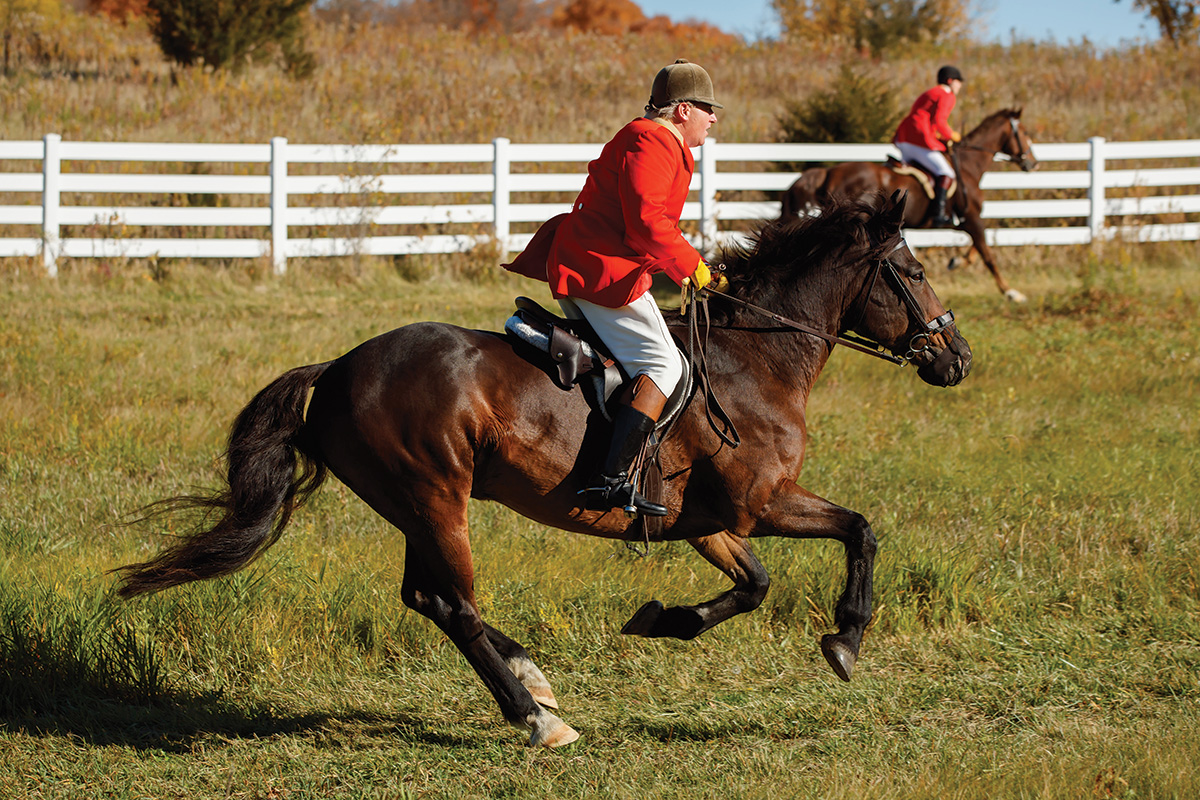
The dragsman lays a scent using a bag pulled along the ground in 1- to 3-mile sections across the countryside, with stops for the horses and hounds to catch their breath (called the “check”).
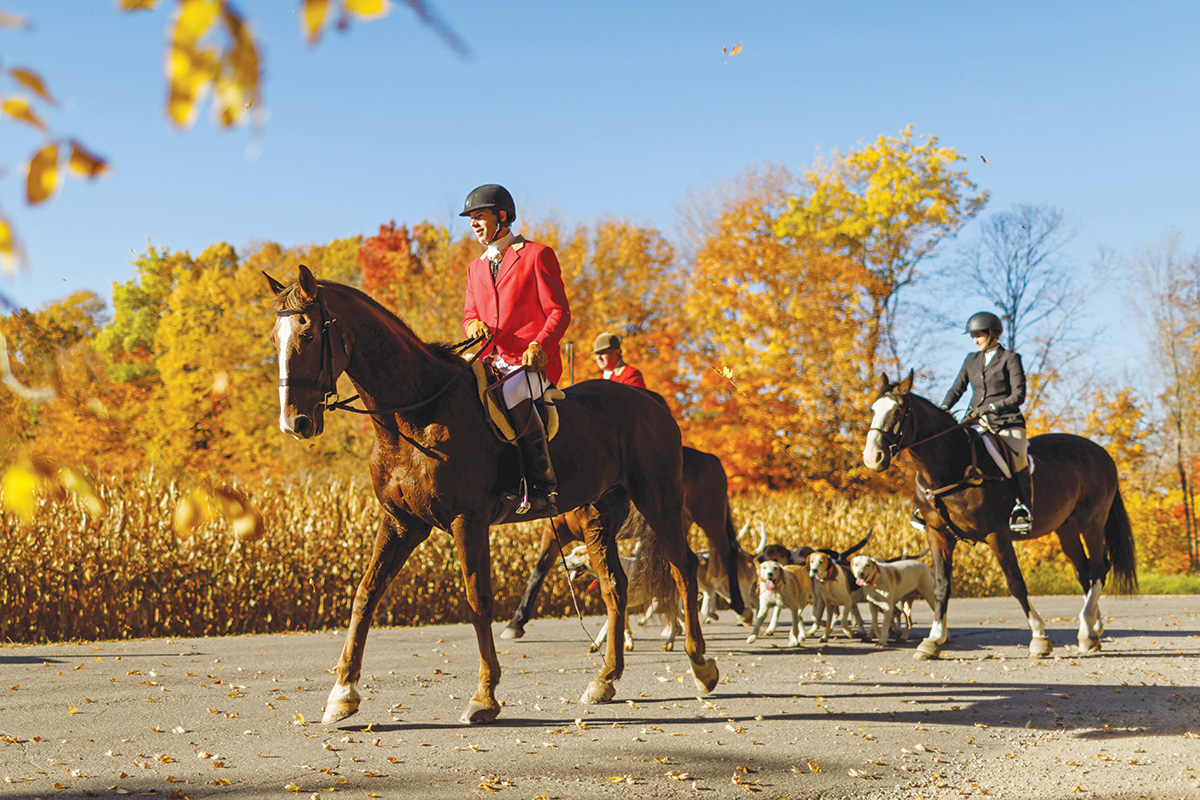
One of the benefits of a drag hunt is the predictability of the path the riders will take through fields and forests. Drag hunts are also more efficient, and last just a few hours instead of all day, because the hounds aren’t as likely to lose track of the scent as they would with a live animal.
Also read – Fox Hunting with George Washington
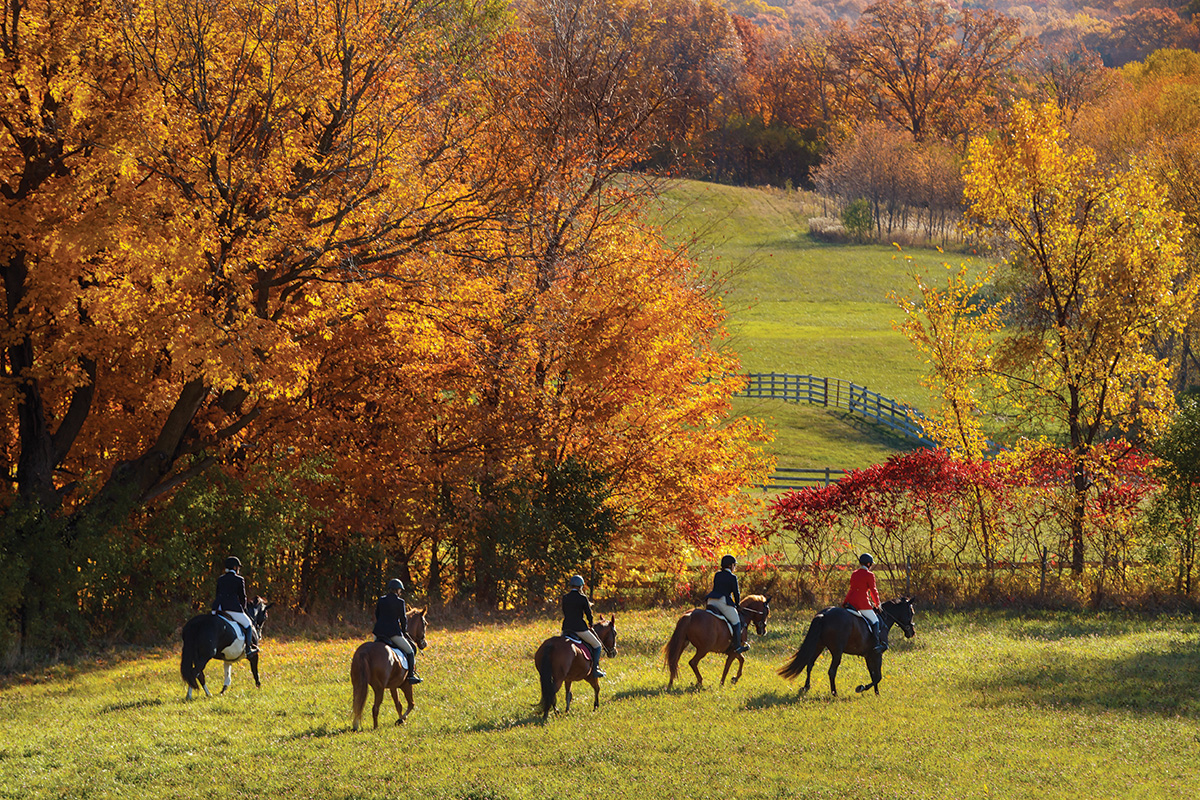
Reimagining fox hunting in this way allows club riders to enjoy their timeless equestrian sport; there are currently over 160 registered drag hunt clubs in the U.S.
I had the pleasure of photographing a drag hunt with Minnesota’s Long Lake Hounds at the peak of fall color in 2020. Established in 1959, this club has a rich history of hosting drag hunts and hunter pace events in the summer in fall.
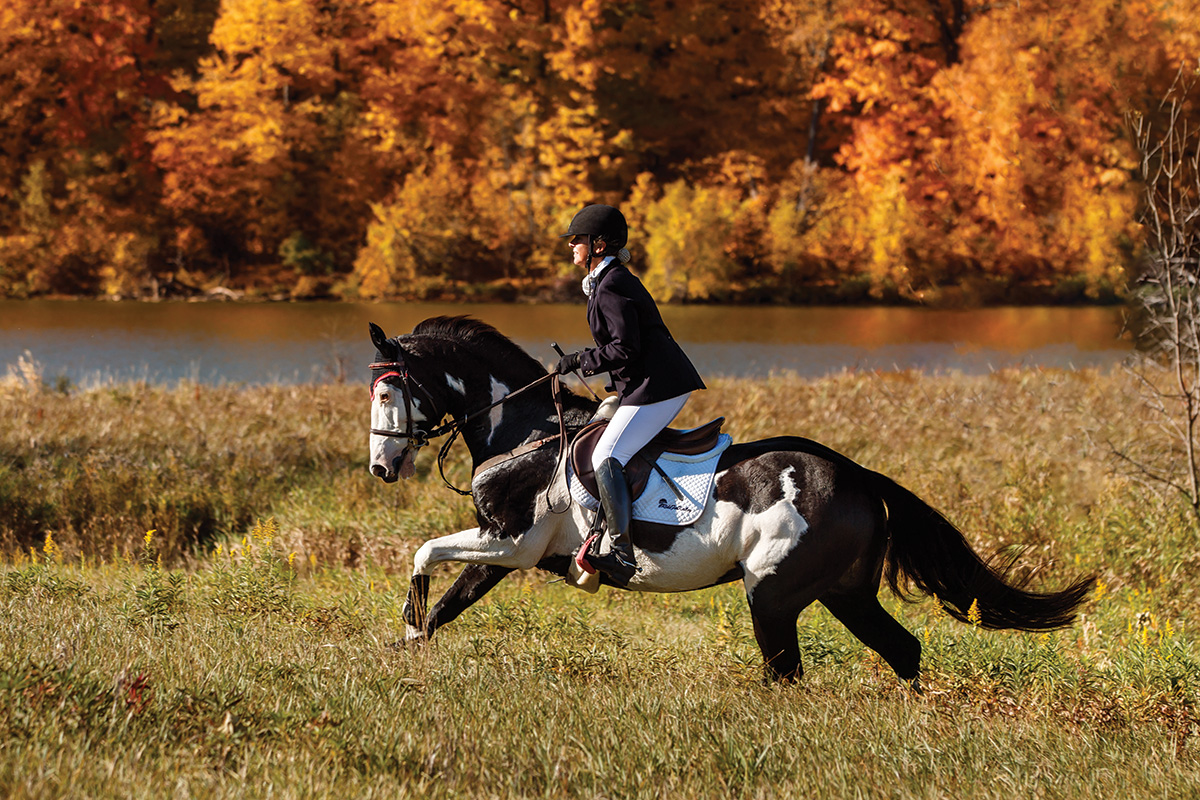
Hunter pace events award the group of horses and riders that cover a route closest to the optimum time, which nobody knows in advance. Hunter paces have a variety of jumps and are meant to mimic the pace and terrain of a fox hunt, which can be another great way to experience the thrill and camaraderie of “hunting” without all of the formalities.
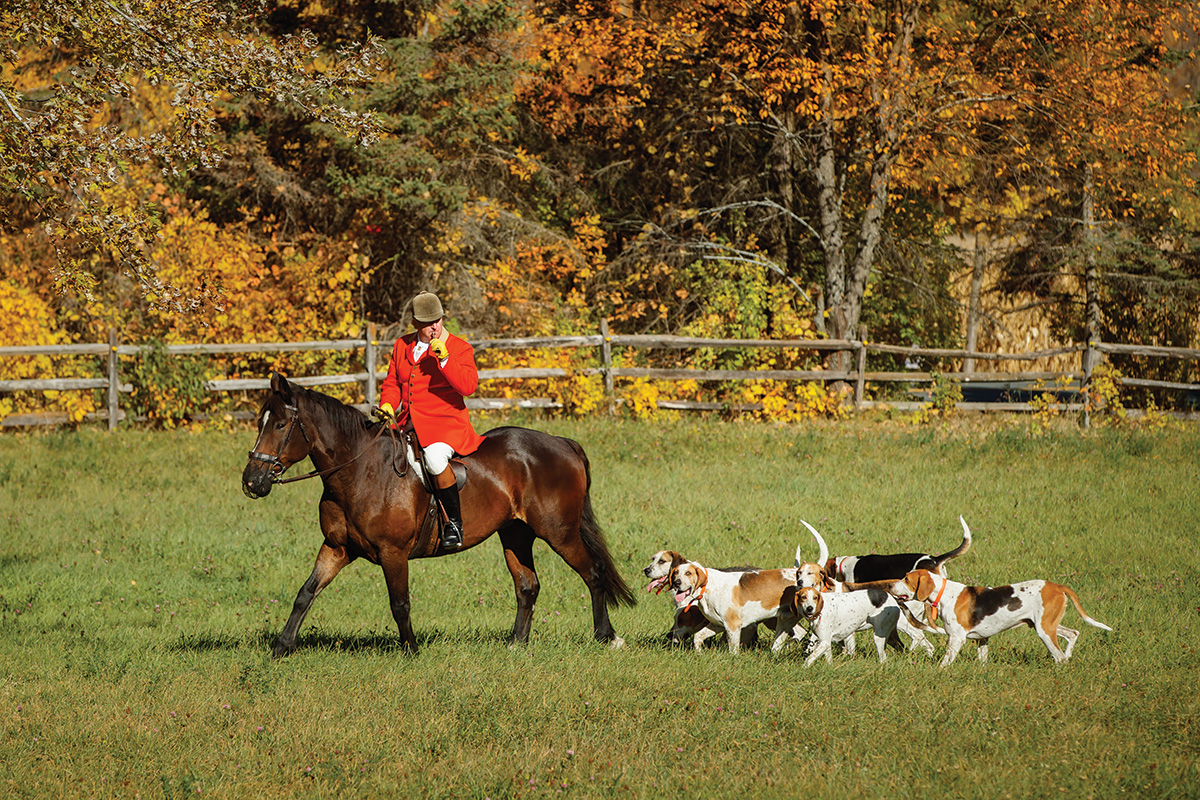
As many of our horse sports come under increasing scrutiny, it is good to see some rethinking of the traditions to the benefit of our horses as well as other species.
This article about a new approach to fox hunting amid controversy appeared in the October 2021 issue of Horse Illustrated magazine. Click here to subscribe!





